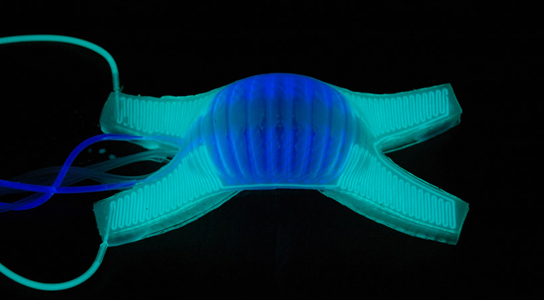
A soft, walking robot with the remarkable ability to camouflage itself within its environment.
Researchers at Harvard University have developed a soft, walking robot for DARPA, which has the uncanny ability to camouflage itself within its environment. This system consists of a microfluid that’s networked throughout the robot’s chassis that is then used to camouflage or display various colors in different levels within its silicone sheets.
The soft robot uses a variety of heated and cooled dyes, which are chemiluminescent and fluorescent for optimal effect. Water can be pumped through its channels to adjust the temperature, causing the robot to alter and conceal itself. The initial concept was developed from observing living organisms that used bioluminescence for communication, achieving a similar, glowing effect by pumping pigmented solutions through their layered channels.
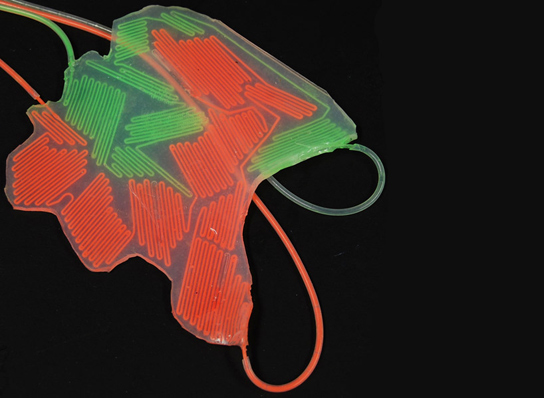
In order to function, the robot needs to be connected to a series of tethers that are attached to a control system, through which pressurized gases and liquids are pumped into the robot. The current rate of pumping is about 2.25 milliliters per minute, which allows the robot to change its colors within 30 seconds. This process reduces the size and weight of the robot by leaving power sources and pumps off-board, requiring no additional power to sustain its luminous layers.
Stephen Morin, chemical biologist at Harvard University, stated that the robot has the ability to camouflage itself in various environments, simply by relying on its systems, mainly the ability to change color and shape.
The robot was fairly successful in evading predators in trials, and can move at approximately 40 meters per hour. Without any fluid, it can accelerate up to 67 meters per hour. Researchers state that speed wasn’t an important factor in developing this robot, it was more important that it could move over surfaces without being detected.
DARPA notes that the robot costs about $100 to make, which will make it an interesting, disposable option for military operations. Read the August 16 paper published in the journal Science.
Reference: “Camouflage and Display for Soft Machines” by Stephen A. Morin, Robert F. Shepherd, Sen Wai Kwok, Adam A. Stokes, Alex Nemiroski, and George M. Whitesides, 17 August 2012, Science.
DOI: 10.1126/science.1222149

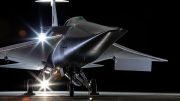

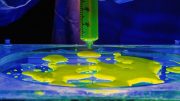
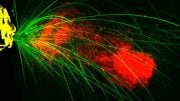




Be the first to comment on "DARPA & Harvard’s Soft, Self-Camouflaging Robot"